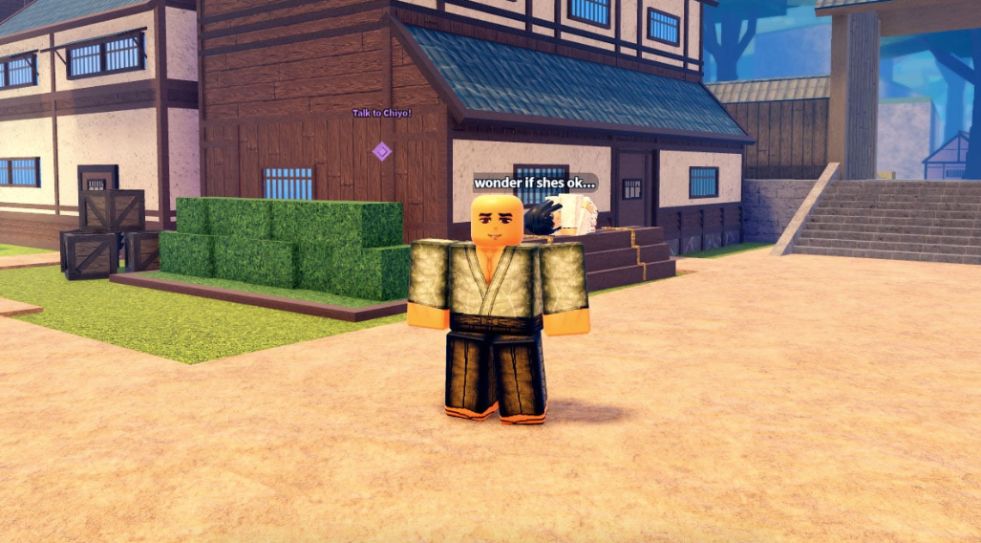Mountain biking is an exhilarating and adventurous sport that not only provides thrill and excitement but also offers a fantastic way to burn calories and stay fit. Regardless of whether you are a beginner or an experienced rider, understanding the number of calories burned during a mountain biking session can be beneficial in planning your workouts and achieving your fitness goals. In this article, we will explore the various factors that influence calorie expenditure while mountain biking and provide you with an estimate of the calories you can expect to burn.
Factors Affecting Calorie Burn in Mountain Biking
- Intensity of the Ride: The intensity of your mountain biking sessions plays a significant role in determining the number of calories burned. Higher intensity rides require more energy expenditure, leading to a higher calorie burn. Factors such as the terrain, speed, and duration of the ride contribute to the overall intensity.
- Riding on challenging terrains such as uphill climbs or rough trails engages major muscle groups and increases the effort required, resulting in a higher calorie burn.
- Faster speeds and longer durations also contribute to a higher intensity ride, leading to increased calorie expenditure.
- It is important to note that the intensity of your ride should be appropriate for your fitness level and gradually increased over time to avoid overexertion and injuries.
- Body Weight: Your body weight is an influential factor in determining the number of calories burned during any physical activity, including mountain biking. Heavier individuals tend to burn more calories as they require more energy to perform the same movements compared to lighter individuals.
- The higher energy expenditure for heavier individuals is due to the increased effort required to move their body mass during the ride.
- However, it is important to focus on overall fitness and not solely on weight loss. Mountain biking can be enjoyed by individuals of all body weights, and the calorie burn should be seen as an added benefit rather than the sole purpose of the activity.
- Fitness Level: Your fitness level and cardiovascular endurance impact the intensity and duration of your mountain biking sessions. Well-conditioned individuals can sustain higher intensity rides for longer periods, resulting in more calories burned.
- Regular cardiovascular exercise and training can improve your fitness level, allowing you to engage in longer and more intense mountain biking sessions.
- As your fitness level improves, you will become more efficient in utilizing oxygen and energy, resulting in a higher calorie burn during your rides.
- It is important to gradually increase the intensity and duration of your rides to avoid overexertion and allow your body to adapt to the demands of mountain biking.
- Terrain: The type of terrain you ride on can also significantly affect calorie expenditure. Uphill climbs and rough terrains require more effort, engaging major muscle groups and leading to increased calorie burn compared to flat and smooth trails.
- Uphill climbs demand more energy expenditure as you work against gravity to ascend the trail. This engages your leg muscles and increases the intensity of the ride, resulting in a higher calorie burn.
- Riding on rough terrains, such as rocky or uneven trails, requires additional stability and control, engaging your core muscles and increasing the overall energy expenditure.
- However, even riding on flat and smooth trails can still provide a great cardiovascular workout and contribute to calorie burn, especially when maintaining a higher intensity and speed.
- Biking Technique: Efficient biking technique and body positioning can increase the intensity and energy expenditure of your ride. Proper use of gears, pedal strokes, and maintaining a good posture can optimize your calorie burn.
- Utilizing the appropriate gear ratios and cadence can help distribute the workload efficiently, allowing you to maintain a higher intensity and burn more calories.
- Focusing on proper pedal strokes, such as pushing and pulling on the pedals, engages additional muscles, increases power output, and contributes to a higher calorie burn.
- Maintaining a good posture and engaging your core muscles while riding not only improves stability and control but also adds to the overall energy expenditure.
Calorie Expenditure Estimates
Now that we have discussed the factors influencing calorie burn, let’s delve into estimating the number of calories burned during mountain biking. Please note that these figures are approximate and can vary depending on individual characteristics and circumstances.
On average, a person weighing around 155 pounds can burn approximately:
- 300-450 calories per hour: This estimate applies to a leisurely mountain biking session on flat terrain at a moderate pace. It assumes a moderate intensity workout suitable for beginners or those seeking a less strenuous ride.
- 450-600 calories per hour: For a more vigorous mountain biking session with some uphill climbs and varying terrains, this estimate is more appropriate. It assumes a moderate to high-intensity ride with occasional bursts of speed and challenging sections.
- 600-900+ calories per hour: If you are an experienced rider, participating in intense mountain biking activities such as downhill descents, technical trails, or endurance races, this estimate applies. These rides demand high levels of strength, endurance, and skill, resulting in a significant calorie burn.
It is important to remember that these figures are general estimates and can vary depending on personal factors. Monitoring your heart rate and using fitness trackers or apps specifically designed for mountain biking can provide more accurate calorie expenditure data tailored to your individual circumstances.
Additional Tips for Maximizing Calorie Burn
Apart from the intensity and duration of your mountain biking sessions, there are other strategies you can employ to maximize calorie burn and overall fitness benefits:
- Interval Training: Incorporate short bursts of intense riding followed by recovery periods to elevate your heart rate and increase calorie burn. This interval training can be done by alternating between high-intensity sprints and moderate-paced riding.
- Increase Distance and Duration: Gradually increase the distance and duration of your rides to continually challenge your body and burn more calories over time. This progressive overload helps improve cardiovascular fitness and endurance.
- Include Strength Training: Supplement your mountain biking routine with strength training exercises to build muscle, increase metabolism, and enhance overall calorie burn. Focus on exercises that target the major muscle groups used during mountain biking, such as leg squats, lunges, and core exercises.
- Proper Nutrition: Fuel your body with a balanced diet that includes carbohydrates, proteins, and healthy fats to support muscle recovery and optimize energy levels for your rides. Eating a combination of complex carbohydrates, lean proteins, and unsaturated fats helps provide sustained energy and aids in muscle repair.
- Stay Hydrated: Drink plenty of water before, during, and after your rides to maintain optimal performance and aid in calorie burn. Proper hydration is essential for regulating body temperature, lubricating joints, and transporting nutrients to muscles.
Conclusion
Mountain biking is not only a thrilling outdoor activity but also an effective way to burn calories, improve cardiovascular fitness, and enhance overall well-being. The number of calories burned during a mountain biking session depends on various factors, including intensity, body weight, fitness level, terrain, and biking technique. By understanding these factors and incorporating them into your workouts, you can make the most out of your mountain biking sessions and achieve your fitness goals. So, gear up, hit the trails, and enjoy the exhilarating experience while burning those calories!
FAQ
- What factors affect calorie burn in mountain biking?
- The intensity of the ride, body weight, fitness level, terrain, and biking technique are the factors that affect calorie burn in mountain biking.
- How does body weight impact calorie burn during mountain biking?
- Heavier individuals tend to burn more calories during mountain biking as they require more energy to perform the same movements compared to lighter individuals.
- How can I maximize calorie burn during mountain biking?
- You can maximize calorie burn during mountain biking by incorporating interval training, increasing distance and duration, including strength training, maintaining a proper nutrition, and staying hydrated.
- What is the estimated calorie expenditure during mountain biking?
- Depending on the intensity and difficulty of the ride, a person weighing around 155 pounds can burn approximately 300-450 calories per hour for a leisurely ride, 450-600 calories per hour for a more vigorous ride, and 600-900+ calories per hour for intense activities like downhill descents or endurance races.



